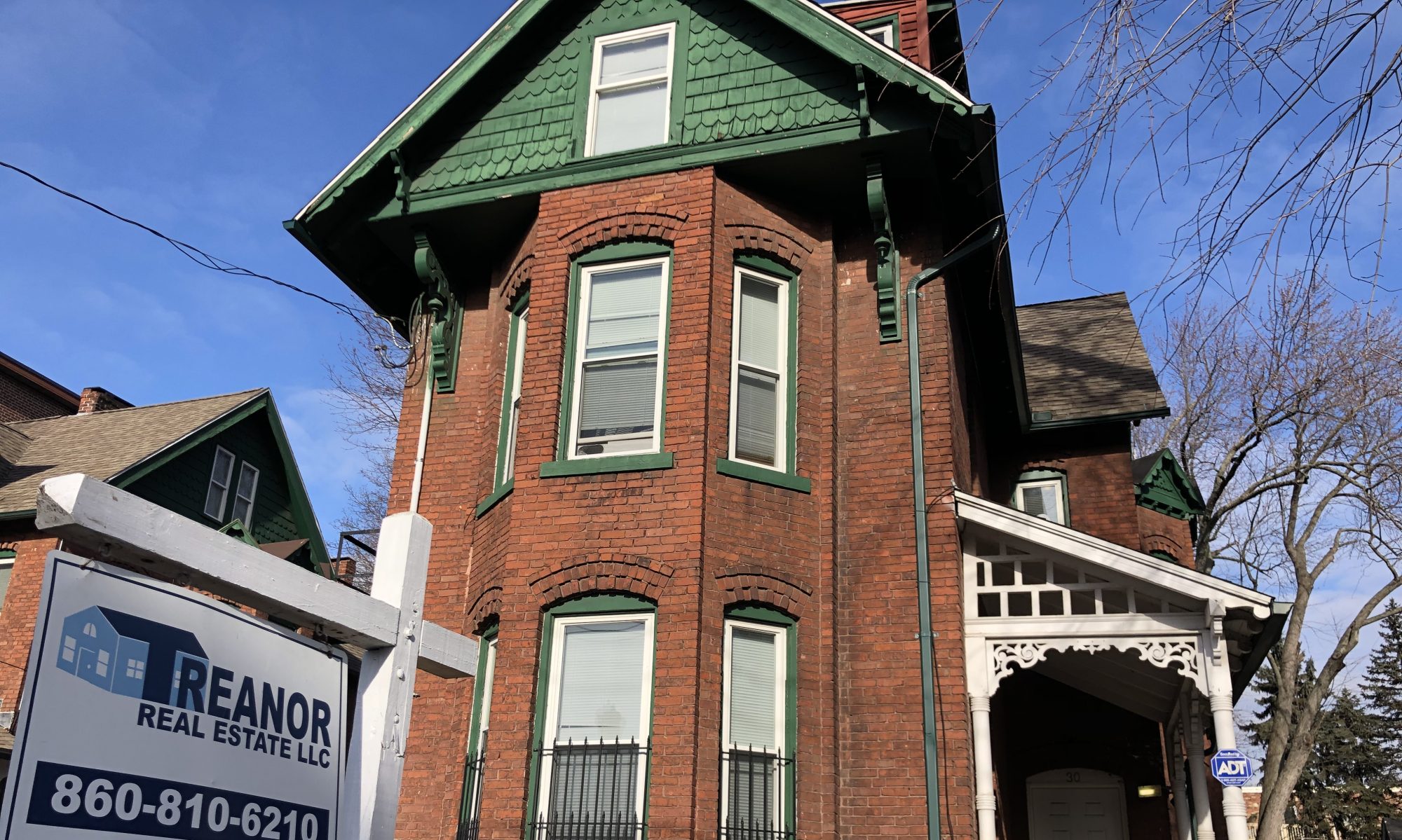QUANTITATIVE DATA
To begin our research we looked at two different types of databases: the assessor property information and Social Explorer. Social Explorer provided census data in a interactive map. The assessor property information is a database that provides all of the information of the properties in Hartford.
QUALITATIVE DATA
Going into our project, we knew we would need to conduct interviews. Hearing directly from residents is essential to our study because they reveal powerful emotions and stories that statistics cannot show. Oftentimes in-depth interviews can also help explain these statistics. As a team, we carefully designed a survey asking open ended questions that would help us figure out why the homeownership rate in Hartford is so low. For instance, some of our questions were:
Why are you currently renting?
Is there anything stopping you from buying a home?
In order to conduct interviews, we had to make sure we followed ethical guidelines of research as we set out to conduct on-the- street interviews. We asked each person we encountered to give roughly five minutes of their time to sign our interview consent form and answer our list of survey questions. Each participant was also given compensation in the form of a $5 Dunkin’ gift card.

WHY UPPER ALBANY & BEHIND THE ROCKS?
Given our time restriction, we knew that it would be impractical to gather data city wide. As a team we chose to focus our efforts on neighborhoods that are considered affordable because it would give us insight into the factors that are affecting homeownership. The quantitative data doesn’t tell us the whole story.
Below is a map of the neighborhoods we chose.
To decide which neighborhoods we would interview in, we created a graph representing the Price To Income ratio in the neighborhoods. This can be found in Fig. 2
What is PTI?
Price to Income Ratio measures housing affordability by comparing the median prices of houses and the median household income. The higher the value in the graph, the less affordable it is.
For example, most housing experts recommend that families spend no more than 30 percent of their gross income on housing. If an average Hartford family earns $120,000 per year then 30% of their monthly rent or home mortgage would be $40,000.
By comparing the national average PTI (4.2) to the PTI in Hartford’s neighborhoods, we were able to see which neighborhoods were considered affordable.
We ultimately decided on the Upper Albany neighborhood with a 4.52 PTI ratio, and Behind The Rocks neighborhood with a 4.12 PTI ratio.
CONDUCTING INTERVIEWS
Once we chose our neighborhoods, our team split up into groups of two. Over the course of two weeks we were able to interview 30 residents.
In order to find residents to answer our survey, we walked around the Upper Albany and Behind the Rocks neighborhoods and waited in local stores such as McDonald’s, Walmart and the Rainbow Variety Market.
Throughout the interview period, we were able to really connect and get to know many residents. Hearing their stories was fascinating, and they seemed to appreciate the work we were doing. As previously mentioned, housing is the foundation of community and stability. Our team witnessed this first-hand when speaking to residents.
For these interviews we mostly targeted Hartford renters because we wanted to know why they were renting, as well as why they could not buy. Though the majority of interview participants were renters, two of the residents we spoke with were homeowners.
Overall, we hoped that these interview testimonies applied to the root of our research. Additionally, we anticipated that our data would be more accurate if we talked with residents about their own experiences with homeownership to see if we could find common themes of reasons why residents were renting and not buying.
After analyzing and comparing results from our interviews, we found overlapping themes that can be found in our findings section.
